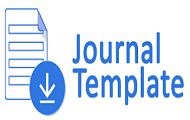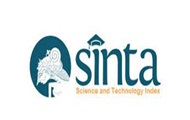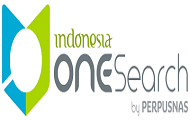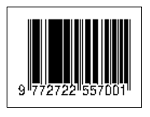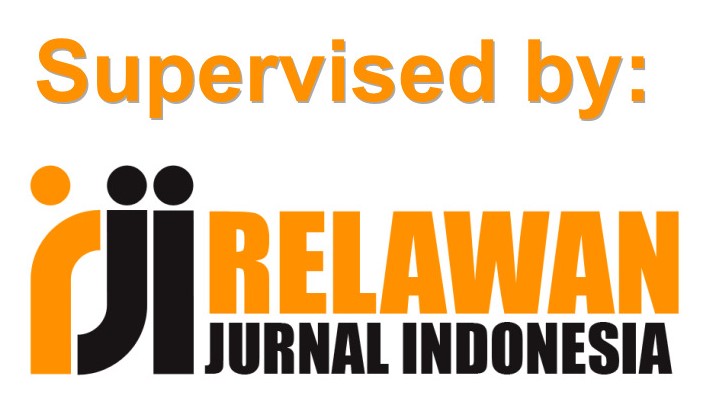Pengaruh Profitabilitas, Solvabilitas Dan Ukuran Perusahaan Terhadap Audit Delay Pada (Sub Sektor Properti Dan Real Estate Yang Terdaftar Di Bursa Efek Indonesia)
DOI:
https://doi.org/10.31851/jmediasi.v6i1.13176Abstract
ABSTRACT
This research is a causal associative quantitative research, which aims to determine the causal relationship between profitability, solvency and firm size on review delay. The population in this study consisted of 61 manufacturing companies in the Property and Land sub-sector. The sampling technique in this study used purposive inspecting with several criteria determined by the researcher. The sample of this study consisted of 10 companies in the Property and Land sector that had met the criteria. The information analysis technique uses multiple linear regression analysis with the help of SPSS 24. The results of the hypothesis test conclude that profitability partially has no effect on review delay, solvency partially has no effect on review delay, while company size partially affects review delay. Simultaneously profitability, solvency and firm size affect the review delay. The result of the test of the coefficient of determination is 15.2% and the remaining 84.8% is influenced by other variables outside of this study.
Keywords: Profitability, Solvency, Company Size and Audit Delay.
ABSTRAK
Pemeriksaan ini merupakan eksplorasi kuantitatif kooperatif kausal, yang merencanakan untuk mengetahui keadaan dan hubungan hasil logis dari produktivitas, kelarutan, dan ukuran perusahaan untuk meninjau penundaan. Populasi dalam penelitian ini terdiri dari 61 organisasi perakitan di sub-area Properti dan Tanah. Strategi pengujian dalam tinjauan ini menggunakan pengujian purposive dengan tidak sepenuhnya ditetapkan oleh ilmuwan. Contoh pengujian ini terdiri dari 10 organisasi di bidang Properti dan Tanah yang telah memenuhi model. Prosedur pemeriksaan informasi menggunakan berbagai pemeriksaan kekambuhan langsung dengan SPSS 24. Konsekuensi dari alasan pengujian spekulasi bahwa produktivitas agak mempengaruhi penundaan tinjauan, kelarutan sampai batas tertentu tidak mempengaruhi penundaan tinjauan, sementara ukuran organisasi agak mempengaruhi penundaan tinjauan. Sementara produktivitas, kelarutan dan ukuran perusahaan mempengaruhi penundaan tinjauan. Konsekuensi dari uji koefisien jaminan adalah 15,2% dan kelebihan 84,8% dipengaruhi oleh faktor-faktor yang berbeda di luar tinjauan ini.
Kata kunci: Profitabilitas, Solvabilitas, Ukuran Perusahaan dan Audit Delay.
References
Ahmad, N. (2021). Faktor-faktor yang berpengaruh terhadap Audit Delay (Studi empiris pada perusahaan pertambangan yang terdaftar di ISSI tahun 2015-2019). Universitas Islam Negeri Sultan Thaha Saifuddin Jambi .
Ardianingsih, A. (2021). Audit Laporan Keuangan. Jakarta: Bumi Aksara.
Astuti, d. (2021). Analisis Laporan Keuangan. Bandung: Media Sains Indonesia.
Desiana, L., & Africano, F. (2019). Analisis Laporan Keuangan. Palembang: NoerFikri.
Effendi, E., & Ulhaq, R. D. (2021). Pengaruh Audit Tenur, Reputasi Auditor, Ukuran Perusahaan Dan Komite Audit. Indramayu: Adab.
Gaol, R. L., & Duha, K. S. (2021). Faktor-faktor yang mempengaruhi audit delay pada perusahaan pertambangan yang terdaftar di Bursa Efek Indonesia. JRAK-vol 7 no 1 .
Harahap, S. S. (2020). Analisis kritis atas laporan keuangan. Jakarta: Grafindo Persada.
Hery. (2016). Analisis Laporan Keuangan. Yogyakarta: Bumi Aksara.
Hery. (2021). Analisis Laporan Keuangan-Integrited and comprehensive. Jakarta: Gramedia Widiasarana Indonesia.
Hidayat, W. W. (2018). Dasar-Dasar Analisis Laporan Keuangan. Ponorogo: Uwais Inspirasi Indonesia.
Ilham, R. N., Fachrudin, K. A., Sinurat, M., & Khaddafi, M. (2020). Manajemen Investasi (Legas Investment Versus Fake Investment). Sukabumi. CV Jejak.
Jannah, I. Z., Maslichah, & Sudaryanti, D. (2021). Analisis faktor-faktor yang mempengaruhi terjadinya audit delay pada perusahaan manufaktur yang terdaftar di BEI tahun 2016-2019. E-JRA Vol. 10 No. 06 .
Kasmir. (2018). Analisis Laporan Keuangan. Depok: PT. RajaGrafindo Persada Tbk.
Liwe, A. G., Manossoh, H., & Mawikere, L. M. (2018). Analisis faktor-faktor yang mempengaruhi audit delay (studi empiris pada perusahaan properti dan real estate yang terdaftar di Bursa Efek Indonesia). Jurnal Riset Akuntansi Going Concern 13(2), , 99-108.
Machmuddah, Z. (2020). Metode Penyusunan Skripsi Bidang Ilmu Akuntansi. Sleman: Deeppublish.
Nanda, F. (2020). Pengaruh Ukuran Perusahaan, Profitabilitas, Reputasi Kantor Publik (KAP) Terhadap Audit Delay. Universitas Islam Negeri Sumatera Utara.
Natalia, C., Desteny, & Putri, A. P. (2021). Pengaruh ukuran perusahaan, solvabilitas, profabilitas, umur perusahaan terhadap audit delay pada sektor pariwisata di BEI. Jurnal Ilmiah MEA (MAnajemen, Ekonomi, dan Akuntansi) vol 5 no 3 .
Priyatno, D. (2013). Analisis Korelasi, Regresi, dan Multivariate dengan SPSS. Yogyakarta: Gava Media.
Rahayu. (2021). Kinerja Keuangan Perusahaan. Jakarta: Nas Media Pustaka.
Sugiyono.(2019). Statistika Untuk Penelitian.Bandung: Alfabeta.
Tambun, R. (2020). Handout Auditing. Jakarta: PT. Rel Karir Pembelajaran.
Toni, N. (2021). Determinan Nilai Perusahaan. Surabaya: Jakad Media Publishing.
Toni, N., & Anggara, L. (2021). Analisis partial Least Square Studi pada Perusahaan Property dan Real Estate yang terdaftar di Indonesia. Medan: Merdeka Kreasi Group.
UU No. 07 tahun 2021 tentang usaha mikro, kecil, dan menengah (UMKM).
Downloads
Published
Issue
Section
License
Copyright (c) 2023 Jurnal Media Akuntansi (Mediasi)

This work is licensed under a Creative Commons Attribution-NonCommercial 4.0 International License.
The copyright of the received article shall be assigned to the publisher of the journal licensed under a Creative Commons Attribution-NonCommercial 4.0 International License in line with the license, authors and any users (readers and other researchers) are allowed to share and adapt the material only for non-commercial purposes. In addition, the material must be given appropriate credit, provided with a link to the license, and indicated if changes were made. If authors remix, transform or build upon the material, authors must distribute their contributions under the same license as the original.


